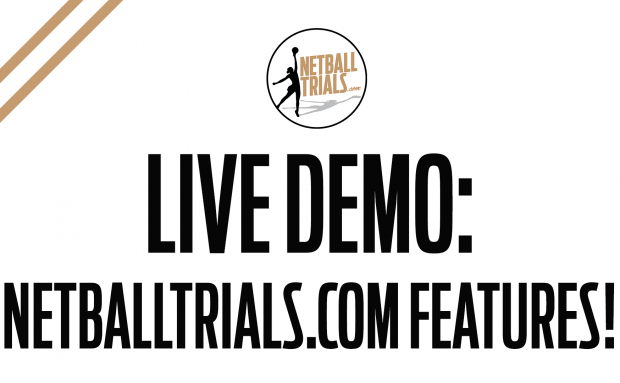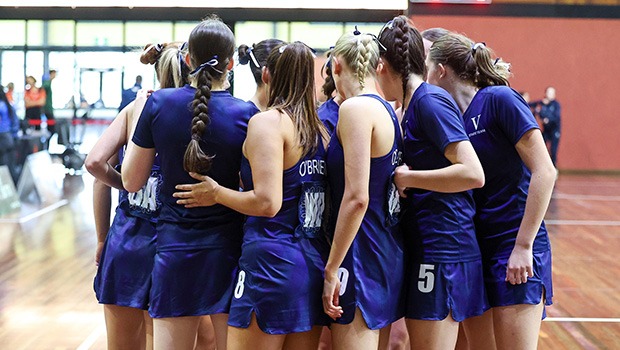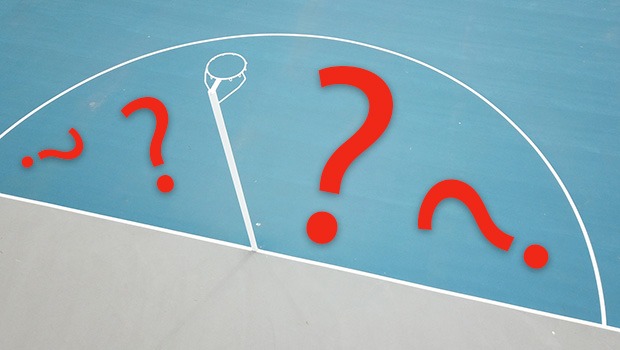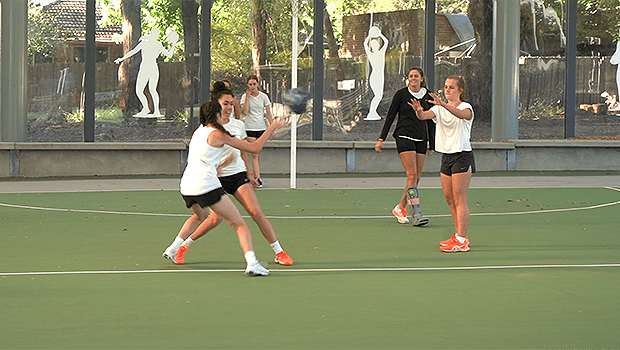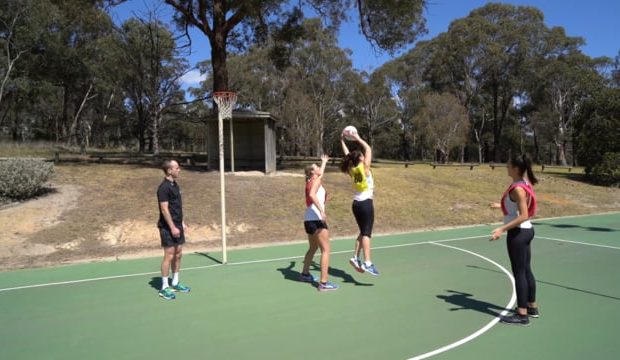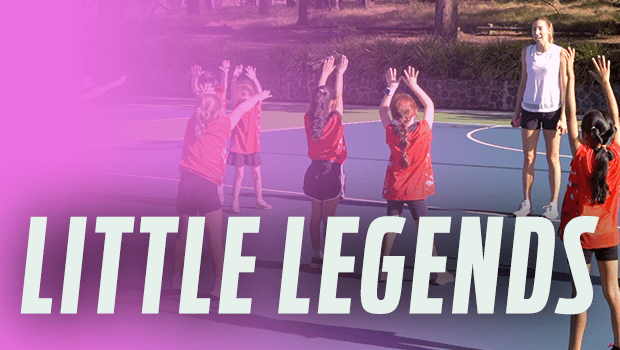Stiff back. Sore feet. Aching legs and knees.
Sounds like your netball team’s list of issues after a long training session, doesn’t it?
But in many cases, it’s not. How often as a netball coach do YOU also have that same list of ailments after spending the day on your feet, coaching your netball team?
Players aren’t the only ones whose bodies often need a bit of attention after a few hours at the courts.
400+ DRILLS WITH LIVE COACHING! CHECK OUT OUR FULL DRILL LIBRARY HERE
As coaches, we all know the feeling towards the end of a long training session, or during a day-long tournament, when everything starts to ache and all you want to do is lie down and give your body a break. Then when you get home, you crash on the couch and enter ‘recovery mode’ for the rest of the day.
So how often do you actually think about why you’re sore, or what you’re asking your body to do?
Exercise physiologist Beth Chiuchiarelli, from Melbourne’s Performance X Physiology, says the issue is that most coaches stand or sit in the same spot for extended periods of time, and their bodies just aren’t conditioned or strong enough to do it.
And that’s no criticism. Would anyone actually train themselves to be able to stand still and upright for two or more hours, pain-free? Highly unlikely.
But here’s the good news: while you might not be able to completely avoid a bit of tightness here and there, Chiuchiarelli says there are some simple things you can do during your session or tournament that will reduce the severity of the soreness, both on the day and also in the hours/days after you’ve finished your coaching commitment.
Here are her top practical tips for how netball coaches can keep their bodies in one piece!
SHIFT YOURSELF A LITTLE (AND OFTEN)
It seems a bit of a no-brainer that staying in the same position for any length of time is going to hurt. But Chiuchiarelli says most of us just don’t do enough about it.
Everyone has a tipping point for how much their body will be able to tolerate, she says, based on how strong your body is and what you weigh.
“Anything the human body does that’s static, it doesn’t like it,” Chiuchiarelli says.
PACKAGES FOR CLUBS: SIGN UP YOUR COACHES FOR THE ULTIMATE RESOURCE!
“You’re going to get sore based on how much your body can cope with. So if your bodyweight is 60kg, your joints will only be able to cope with that weight on them for a certain amount of time, and then you’ll start to become sore. It might be an hour, it might be more, it might be less, but everyone has their limit.
The easiest solution, she says, is to change your body’s position regularly and change where weight is distributed throughout the day. And do it BEFORE you get sore, as a preventative exercise, rather than waiting until you’re already feeling the pinch.
“In the little space you have, just walk up and back. Forward, back, change position, stand on one leg to give the other one a bit of a rest and then switch. Do some calf raises or even a couple of quick squats – anything that gets things moving and changes things.”
“Bend over, move your back, do a couple of squats if you’ve got a chair next to you. Just try to move your joints.”
STAY MOBILE AT TRAINING
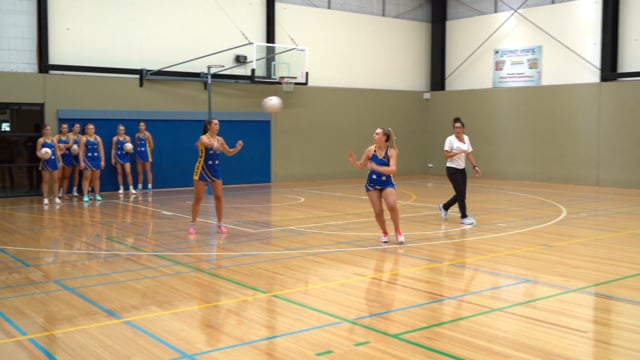
When Silver Ferns coach Noeline Taurua filmed a series of drills with us recently, what really struck us was how active she stayed within each drill. She’d walk up and down the court, following the play, or would move 360 degrees around a small group of players as they worked.
Standing stationary is a trap coaches often fall into, and being on the move is not just good for the body, it’s also better for your coaching, as it allows you to be on the spot and intervene quickly with some specific player feedback when required.
Chiuchiarelli says being constantly on the move is the perfect way to ensure you’re constantly firing different muscles throughout a session, ensuring no muscle or joint becomes stiff from remaining in the same position for too long.
DEMONSTRATE YOUR DRILLS
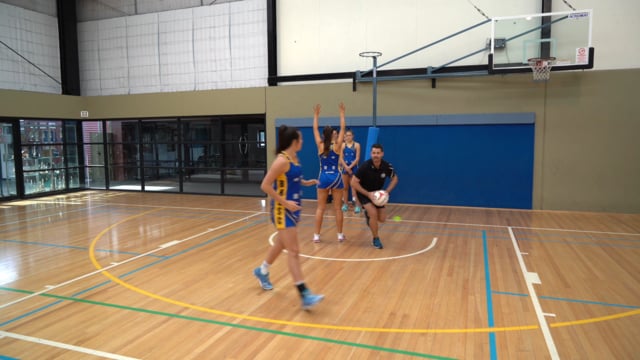
The ability to demonstrate movements or skills that you’re asking your players to do at training should already be an important part of your coaching skillset.
And Chiuchiarelli says it also doubles as a great way to avoid stiffness from remaining stagnant at training, as well as helping to keep you healthy in general.
“If you’re a coach, you should try and be fit enough to take a session and demonstrate your exercises,” she says.
“If you demonstrate things at netball, you’re going to naturally get a little fitter and your body will become more resilient to what you’re asking it to do throughout a long training session.
MAKE MOVEMENT A PART OF YOUR GAME DAY
Shifting positions and moving around isn’t always easy when you’re coaching courtside on game day.
But creating little opportunities for some movement might be easier than you think.
Chiuchiarelli says you could try giving your players feedback by walking a small distance with them along the sideline as you talk to them, or take them a couple of metres back from the court to demonstrate something you’d like them to try when they’re back on court.
“If you were standing in one spot and walked 10 to 20 metres and back again, that’s 30 metres of movement and you’re going to feel a lot better,” she says.
GET STRONG AWAY FROM TRAINING
Chiuchiarelli says the reason most people get sore when they’re coaching is simple.
“You’ll find that people who struggle standing on their feet just aren’t strong enough to cope with their own bodyweight through their joints for that amount of time,” she says.
“It’s basically progressive overload all in one hit, and that’s why we get so sore.”
“To improve it, I would recommend exercising and getting stronger to be able to cope with the amount of time that you’re going to be on your feet. That’d be my first recommendation.”
